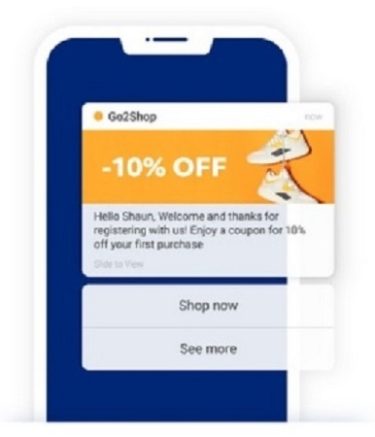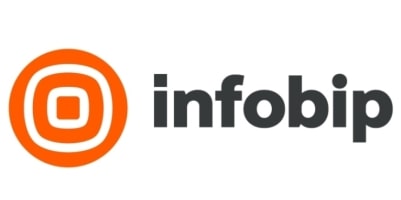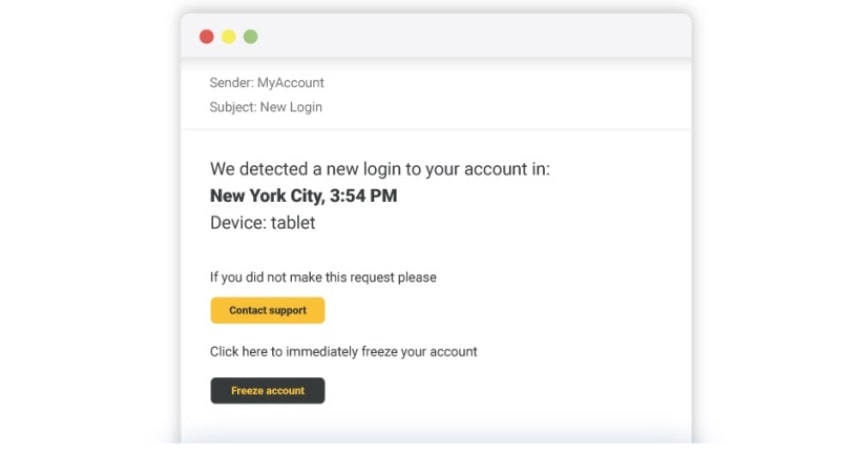What Is Email Automation and Why You Need It – Find out everything about email automation and how you can use it to benefit your business and users. Read more!
What is email automation?
 The simplest definition of what is email automation is when a business uses predetermined sets of rules that trigger emails to be sent to customers based on actions they perform.
The simplest definition of what is email automation is when a business uses predetermined sets of rules that trigger emails to be sent to customers based on actions they perform.
Some practical examples of automated email include:
» welcome emails (for when a customer signs up for a service)
» password reset emails (when a customer forgets login details)
» promotional emails (special seasonal offers, sales, etc)
» reminders that there are items left in their online shopping cart
Moreover, email automation boosts employee efficiency and experience, while also improving the customer experience.
Email automation ROI
It’s easy to justify investing in email automation when you consider the ROI. In fact, email can make you $42 on a $1 investment. That’s a return of 4,200%! If email were a stock it’d be going to the moon.
The graph charting user habits around email is almost just a straight line, too. 74% of Boomers find email the most personal brand communication channel. Then Gen X follows at 72%, trailed by Millennials and Gen Z at 64% and 60% respectively.
Using email automation to grow your business
There are three key areas how automation can help your grow your business. Specifically:
1. Efficiency – automate the task of sending out emails instead of getting human agents to do a machine’s job
2. Productivity – free up agents to focus on more rewarding tasks
3. Customer experience – fast and personalized customer care at scale helps customers feel appreciated
How email automation improves efficiency
It isn’t all just about customer care, either. Email automation can also work for your organization.
For example, you may have large teams working on projects with codependent tasks. You can boost efficiency and productivity by setting rules to send automated emails within your teams.
This can immediately alert the next person in line that they can start their tasks, and also provide useful documents – attached or linked – to ensure everyone is on the same page.
The applications are here are endless. From a content marketing team producing a whitepaper to factory teams machining truck parts, and everything in between – email automation helps boost efficiency and productivity no matter the industry.
How email automation improves customer experience

1. Personalisation
Consumers crave personalisation. In a survey we commissioned, 47% said that they will ignore impersonal emails. A different survey of 1000 adults in the USA, 80% said they want personalization from retailers.
But what is personalization and how does it improve customer experiences? And how does email automation help improve CX with personalization?
Personalization means you’re focusing on delivering tailored, meaningful and relevant customer communication. How that applies to each individual business is as varied as business and their customers are.
But here’s the general idea – your business sits on a treasure trove of first-party customer data that you can use to send something as simple as a happy birthday coupon to restock reminders. I’ve personally received restock reminders which were based on my typical shopping cycle with a coupon attached – and you bet I restocked.
Using first-party data that customers provide you (or that you can observe from their purchase history), helps you create automated email messages. Personalized offers like this can be 10 to 20% more cost efficient, while generating between 10-30% greater revenue and retention.
2. Fast customer carer at scale
Automating personalized emails allows you to provide customer care at scale.
You can setup email rules that guide customers throughout the customer journey – from nurture to conversion and all steps between. But it doesn’t stop there, either.
Once your customer completes a purchase, for example, one of the most reassuring emails they can receive is a payment confirmation email. This tells them that their payment is processed and that they’re dealing with a reputable business.
It’s automated emails like these that go beyond the classic ”attract-nurture-convert” model, which just won’t suffice in the competitive digital economy of today.
How to automate emails
First, you need to integrate with an email provider. Next, depending on your requirements, you can choose your integration method – SMTP or HTTP.
SMTP
SMTP integration is suggested for anyone looking for a quick and easy, code-free setup. Integrating via SMTP is the best option for businesses that need to send bulk emails in a short amount of time. An added bonus is that this method is flexible and can be used with existing applications.
This is the simplest integration method for email automation.
HTTP
HTTP integration offers higher email delivery speeds, reduced latency, and adds an additional security layer. The increased capability comes at a cost in terms of complexity – HTTP is the more demanding integration method, but could have additional benefits for your business, depending on your use case.
Automated email delivery
While we can recommend 10 best practices to improve email deliverability, we can quickly summarize automated email delivery best practices in two bullet points:
» Have ISPs recognize you as a good sender using out SPF, DKIM, and DMARC authentication
» Use automatic warmup and dedicated IPs to safeguard your reputation
Automated email analytics
Setting up rules for email automation is just the first step. To make the most of email automation, you want to track the key performance indicators.
First, you’ll want to keep an eye on your engagement metrics. Specifically, these are your opens, clicks, and event distribution.
Also, always keep an eye out for any sending errors. Analyze your campaigns to discover where errors are occurring, then take steps to prevent these in the future.
Regarding technical metrics, keep an eye on latency and response times. In other words, the metrics that indicate how quickly you’re getting critical information out, and how quickly it’s being responded to.
Lastly, keep track of your email campaigns by tracking engagement and add custom tracking parameters that best reflect your use case. As a result, you’ll be able to fine-tune your automated email performance for best results.

With over a decade of industry experience, Infobip has expanded to 65+ offices across six continents. It offers natively built technology with the capacity to reach over seven billion mobile devices and ‘things’ in 190+ countries connected directly to over 650 telecom networks. In the past 12 months alone, over 5 billion people have used Infobip solutions and services. Infobip was established in 2006 and is led by its co-founders, CEO Silvio Kutić, Roberto Kutić and Izabel Jelenić.
For additional information on Infobip view their Company Profile




